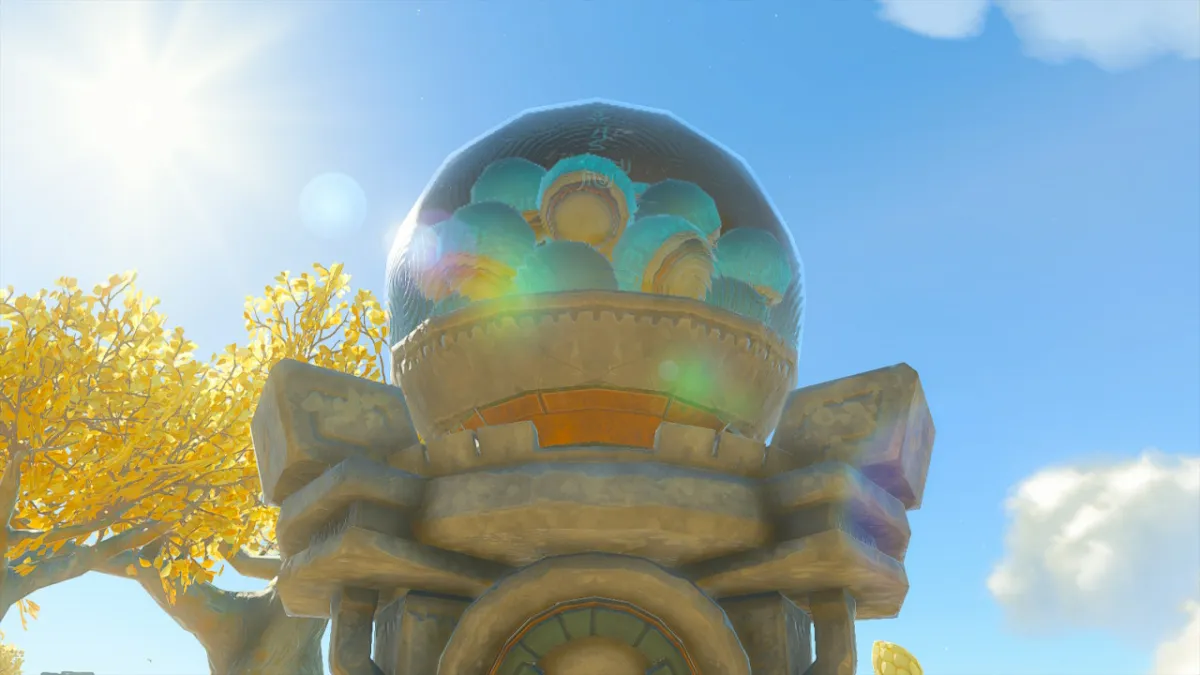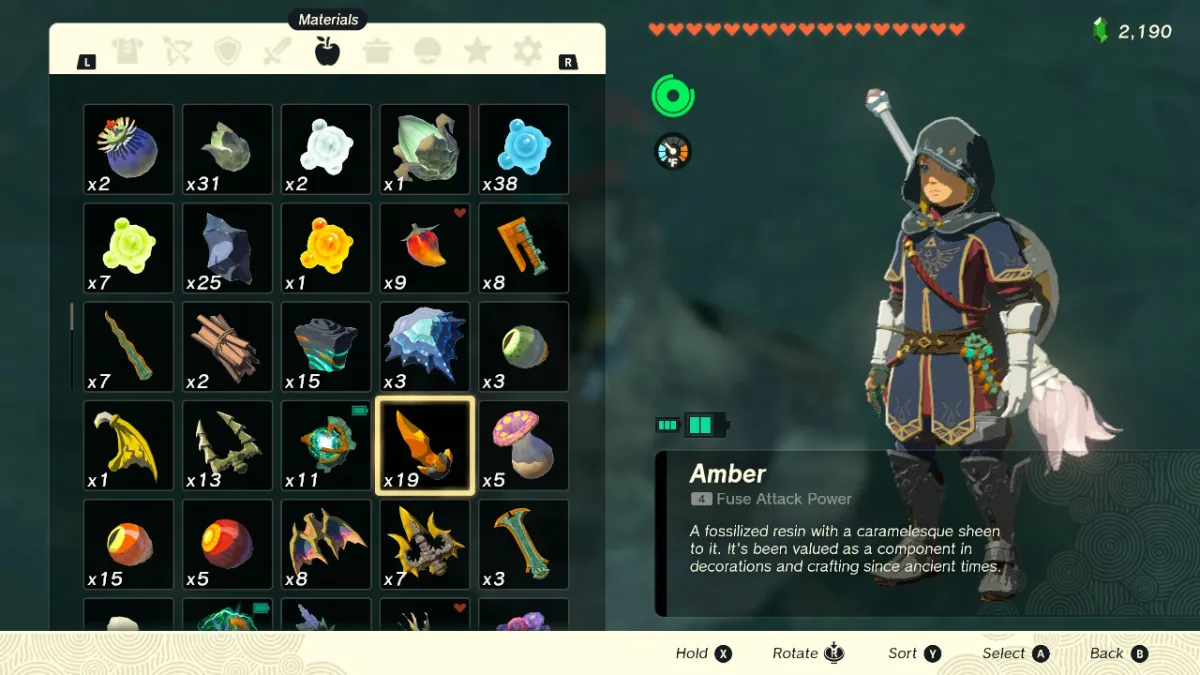Star Wars: Squadrons and VR seem like a perfect combination: who doesn’t want to feel like they’re actually piloting an X-Wing, A-Wing, or TIE Fighter? While the game does support VR, it hasn’t been the smoothest of implementations here at launch, and there are issues you should be aware of before donning your headset of choice.
Star Wars: Squadrons VR support is janky on Steam, and performance is problematic across the board.
For starters, all major headsets will work with Star Wars: Squadrons if you plan to play in VR. So long as your computer actually detects the headset you’ll see a VR Settings option in the larger Settings menu. From there you can click “Toggle VR” and the game will appear in your headset. Clicking Spacebar (or the associated button on your controller/HOTAS) within 30 seconds will lock the game to your headset, and from there you’re in. You can also adjust whether the Snap Turn or FOV Filter for turning are on or off, as well as the angle for the former and the strength of the latter. Additionally, there is a separate set of graphics settings just for VR, which is a much appreciated quality-of-life addition.
There are issues however, and you should be aware of them before jumping into Star Wars: Squadrons hoping for a flawless VR experience. First and foremost are the issues with Oculus headsets. If you want to use the Oculus Quest we have a guide here, but regardless of what Oculus headset you own you will have issues with the game if you bought it on Steam. The Steam version of Star Wars: Squadrons does not support the Oculus SDK, and naturally runs through SteamVR. This has led to crashes, stutters, and poor performance. In general, Oculus headsets seem to crash if the game is not set to Borderless, no matter which version you own.
Non-Oculus VR headsets are also having issues. The game locks at either 60hz or 30hz, depending on your headset, even though the game itself is running at 144 FPS. This has caused wide-spread performance issues, and players have found that if they locked their headset to 120hz, then cap the game at 60 FPS they had more consistent performance. It’s not ideal, but it beats motion sickness inducing delay and stutter. Of course, be sure to check your SteamVR supersampling: the higher it is the more of a performance cost you’ll endure, so it may be best to stick to 100%.
Finally, there’s one last issue worth pointing out: Star Wars: Squadrons does not have a way to adjust your height in-game. This means you could either be sitting too low, unable to see anything, or above your ship’s canopy. That said, I do have one final pro-tip: make sure your Guardian or associated boundary system has your desk included if you plan to play in VR with a HOTAS. Unless you have a pretty fancy setup, chances are your HOTAS will be on your desk, and if your Guardian/boundary system is just shy you’ll be unable to see the game. I’m not an expert, but I figure it’s a touch difficult to play a game you can’t see.
In short: it may be best to purchase the game via Origin if you plan to play Star Wars: Squadrons in VR. If you bought it on Steam you can either wait on patches to improve performance, or request a refund. Hopefully EA gets the Star Wars: Squadrons VR support fixed up in short order: the sense of presence and scale is amazing in VR, and it’s an excellent addition to the game. VR in Squadrons just needs a little more love, but once it’s working properly it may be the best way to play the game.











Published: Oct 2, 2020 04:59 pm